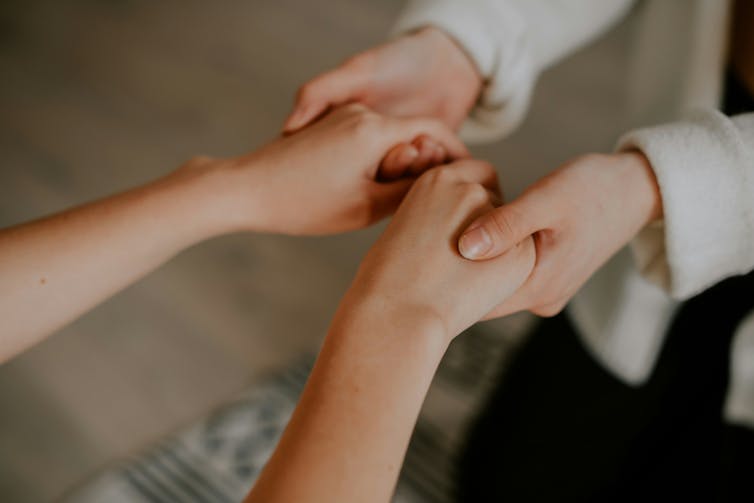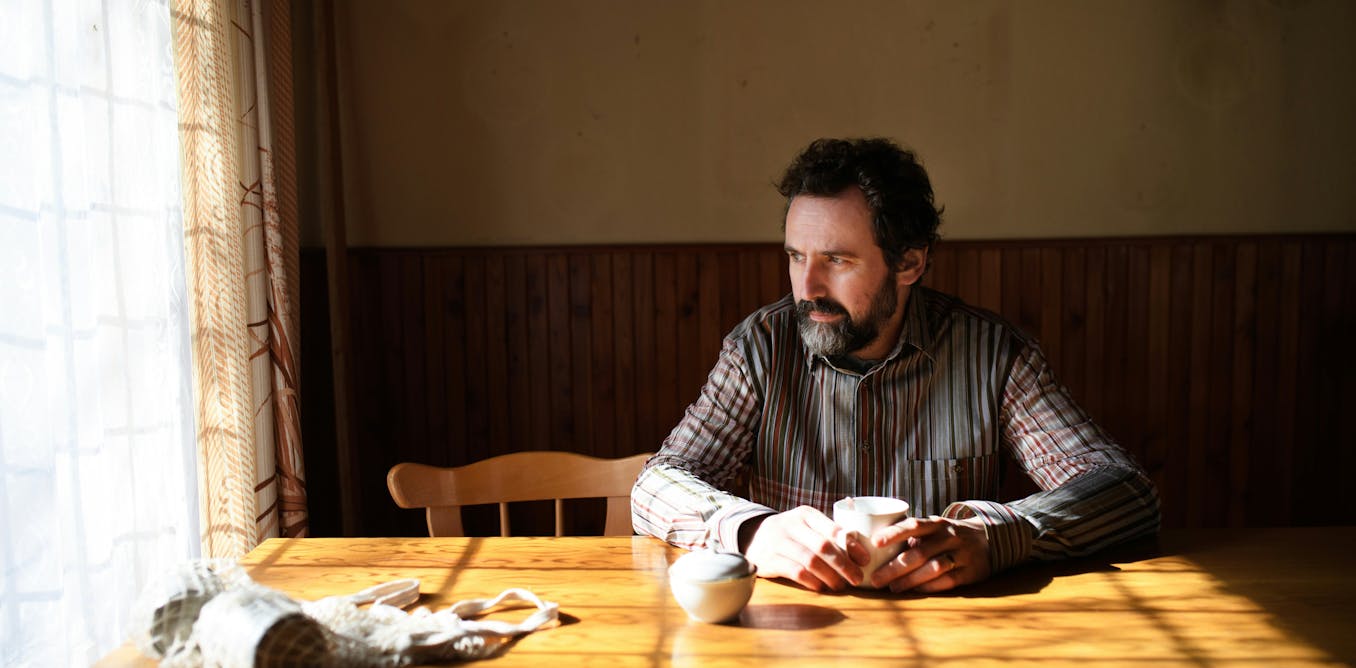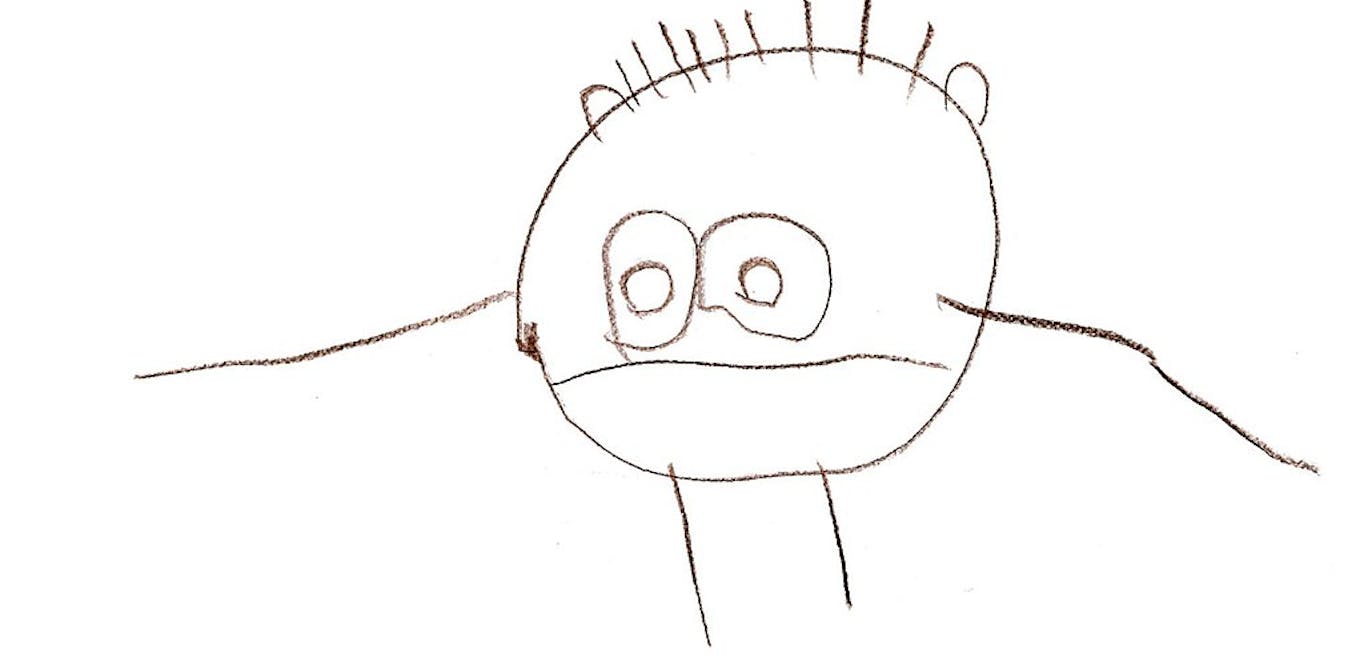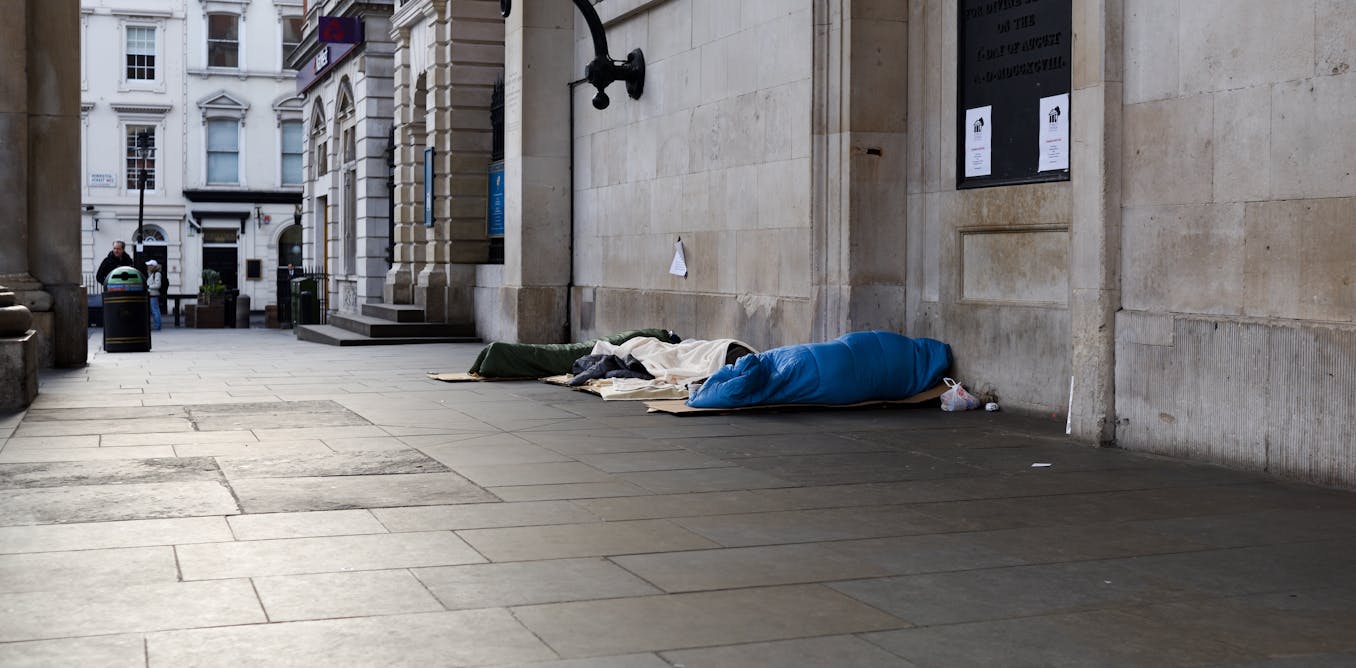We all want closure. A breakup, a sudden job loss, or the death of someone we love can leave us desperate for answers. Wars, natural disasters and shared tragedies stir the same kind of longing.
Our need for closure runs so deep, it’s echoed everywhere — in movies, novels, songs about heartbreak and loss, even in everyday phrases like “moving on” or “getting over” something.
However, closure is easier said than done. Sometimes it never fully arrives. When it doesn’t, unfinished business can weigh on us, affecting our mood, our health, our identity and our relationships. In a world of growing uncertainties, learning how to cope with what’s “open” or unresolved is essential.
As a psychologist, I am interested in studying why closure matters, why it’s hard to find and how we can begin to heal when life fails to provide clear answers.
What is closure, and why does it matter?
Closure is the psychological sense of resolution felt when a painful or confusing experience is settled enough that it no longer demands constant mental and emotional energy.
It’s a sense that an event is understood, settled and no longer bothersome. Without it, old memories intrude like uninvited guests, resurfacing with regret, anger or confusion, even years later.
Trauma research shows unresolved memories can feel as though they’re happening right now until they’re reframed as part of the distant past. Everyday hurts work the same way.
Resolution frees the mind to focus on what matters now — our goals, our emotional needs and the people around us — with calm and clarity. This is why so many turn to therapy, self-help resources and other tools to make sense of, find peace with or otherwise close open parts of their lives.
(Unsplash/Yoel Peterson)
Measuring closure: A step forward
Despite its popularity and adaptive value, closure has been hard to study because it has been hard to measure. A new tool colleagues and I have developed, the Closure and Resolution Scale, is changing that.
This self-report measure captures multiple facets of resolution — finality, understanding, distance, emotional relief, mental release, even behavioural shifts — offering a comprehensive picture of what closure looks and feels like for people.
Clinicians and researchers can use the CRS to track progress, test interventions and identify what helps or hinders resolution.
Our preliminary work, aided by research assistant, Meaghan Tome, suggests that beliefs about finding closure are as rich and nuanced as the construct itself.
Some see it as self-driven, others as dependent on someone else. Some treat it as active problem-solving, others as quiet acceptance. Some lean on internal change, others on external action. These personal theories shape how we seek — or avoid — closure in our own lives.
Why we struggle to find closure
Why does closure often feel out of reach? Research suggests several reasons.
Ambiguity: When stories feel unfinished, like when we’re ghosted, the mind scrambles to fill in the blanks. We crave coherent explanations, but life doesn’t always provide them.
Avoidance: Pain hurts. Memories can spark guilt, shame, fear or grief, and our natural inclination is to push these feelings away. Avoidance offers short-term relief but delays real healing. What we resist persists.
Barriers: Open memories are often interpersonal. People who lack closure may feel like they need an apology, explanation or conversation that never comes. Limited time, money or unsupportive environments can make getting closure feel impossible.
Working toward closure
If you or someone in your life is struggling with closure, here are a few things you can try:
Talk it through. Therapy can help name the experience, examine thoughts, manage emotions and identify steps toward resolution.
Write it out. Expressive writing and journaling can ease intrusive memories and facilitate new meaning. Try writing an unsent letter when direct dialogue isn’t possible.
Shift perspective. Reframe the story from an outside view or focus on the broader significance to gain clarity and distance.
Lean on others. Friends, peers or people who’ve “been there” can offer comfort and validation.
Rethink closure. Some endings remain unresolved. For ambiguous losses, rituals, meaning-making and flexibility can help to live with uncertainty.
Act on values. When change is possible, take purposeful steps that align with your values — have the conversation, set boundaries, leave harmful situations. When it isn’t, let go, treat it as a lesson rather than a weight and redirect your energy.

(Unsplash+)
Beware the closure trap
Not every experience is “closable” in the way we might hope. Some losses are ambiguous. Some events remain unclear. And rigid ideas about what closure should look like can keep us stuck.
A healthier aim is to make space for what can’t be answered, create meaning where we can and live our values alongside the unknown — freeing attention and energy, with acceptance and compassion, for what matters now.
Closure isn’t always possible, but new meaning and movement forward always are.
Looking ahead
Closure isn’t about forgetting the past. It’s about learning to live with it, answers or no answers. What we know so far is that closure is deeply personal, impacting our health, our relationships and our views of ourselves and others.
While therapy, writing, social support or values-guided actions can help, the path to resolution is rarely one-size-fits-all. Tools like the Closure and Resolution Scale can help us to better understand the idiosyncrasies of this journey.
In the end, what often hurts most is not an event itself, but the silence and questions it leaves behind. The good news? Closure doesn’t have to be given by others. It can be chosen.
Sometimes the most powerful ending is the one we write ourselves.

The post “Struggling with closure? Here are some things you can try” by Chantal M. Boucher, Assistant Professor, Clinical Psychologist, University of Windsor was published on 10/26/2025 by theconversation.com


































Leave a Reply